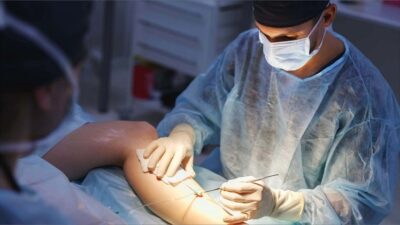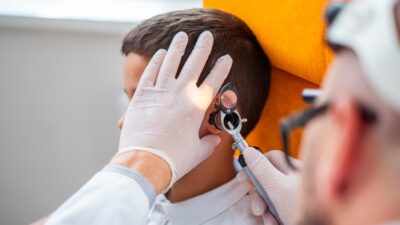Wart is a skin infection caused by HPV virus when they get into the skin tissues through a cut or a rash and make them produce a large amount of keratin (which is a hard protein) which causes the top layer to grow rapidly, thus forming a wart.
There are more than 100 types of HPV viruses that are responsible for warts and are categorized into two major types a high-risk and a low risk-wart according to the severity of the health issue they can cause.
There are many wart removal techniques available, they are explained below:
Topical Treatment: There are some medicated creams and ointments available for the treatment of warts, they are:
- Cantharidin is sometimes used along with the salicylic acid to treat warts. After applying it to the skin, it can be covered with a bandage to ensure the chemical is not wiped away easily.
- Imiquimod cream is used to stimulate the immune response of the skin.
- Retinoid cream contains vitamin A that can hinder the growth of the skin cells.
- Trichloroacetic acid (TCA) and Bichloroacetic acid (BCA) are an effective treatment, these chemicals cause the protein in the wart to break and thus helps remove the wart.
- Cryotherapy: In this method, liquid nitrogen is used to freeze off the cells and virus in the wart. This can also cause a blister to form over the skin. Several sessions of this treatment are given in order to make it effective.
- Chemical Peel: It is a method in which chemical peel solution is applied to the wart and when it is removed, a layer of skin is also detached along with the wart. This can also lead to scarring.
- Electrosurgery: The wart can also be removed by burning it with an electrical charge. This is done after a local anesthesia is applied to the skin. A medical scalpel is used to remove the dead skin after the procedure is done. This should only be done by an experienced dermatologist.
- Surgical Excision: If the wart is really stubborn and making it hard to remove, surgical excision becomes the only option. The surgery is done by a doctor with a surgical knife and the specimen is sent to the laboratory to check if there is any abnormality or trace of cancer cells in it.
- Laser therapy: A concentrated beam of light is used to burn off and remove multiple warts if they were hard to remove otherwise. This procedure also requires the use of local anesthesia since it can very be painful.
- Bleomycin: This is a medicine that is used to treat cancer, but can be used to treat warts as well. Its injection is given to the patient which can be painful.
- Immunotherapy: Patient’s immune system is rejuvenated by using chemicals such as Diphencyprone. There are other injections too that can help the patient boost their immune system and get rid of the wart themselves.
All these methods discussed above have certain advantages and disadvantages. It is important to visit a dermatologist in order to know which treatment will be best for you. As a precautionary measure, you should avoid touching anything that looks unhygienic in the public places, especially when you have a cut or a bruise on your skin.
Warts need treatment without which they can continue to grow and spread from one part to another. They are contagious and can spread from one person to another. You should try topical creams before going for other treatment methods. If it does not work go to a dermatologist that is experienced.










Comments